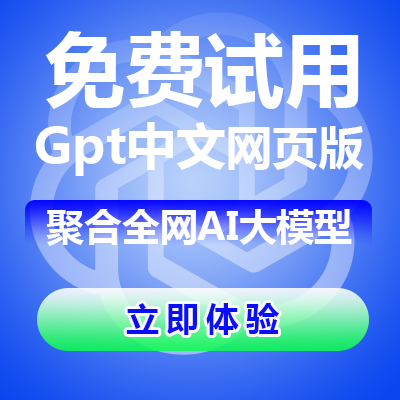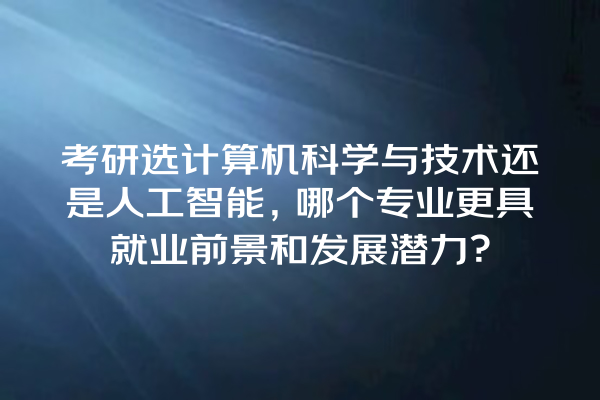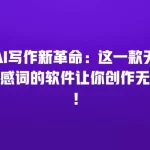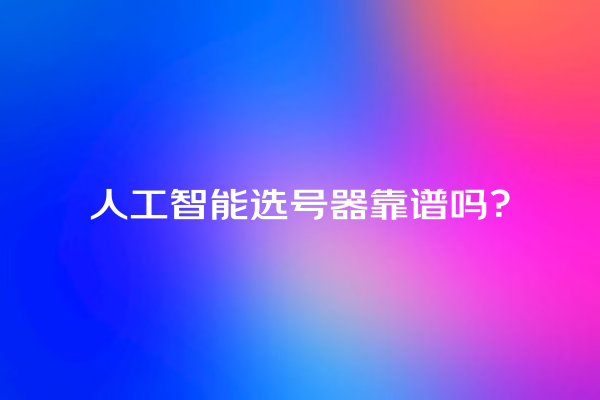共计 3813 个字符,预计需要花费 10 分钟才能阅读完成。
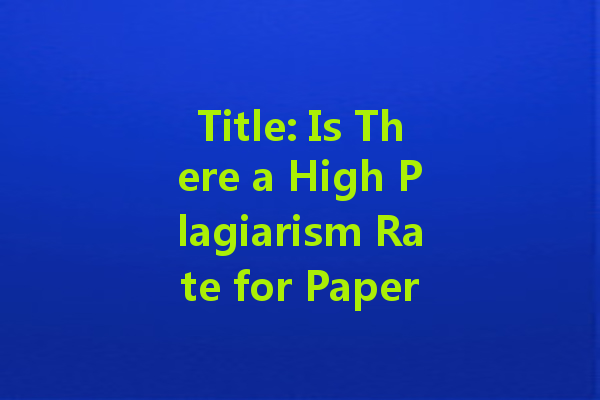
The rapid advancement of artificial intelligence (AI) has transformed various aspects of our lives, particularly in the realm of academic writing. With the introduction of AI writing tools, many students and professionals now rely on these technologies to draft essays, research papers, and even dissertations. However, the rise of AI-generated content raises an important question: what is the plagiarism rate for papers written with AI? In this article, we will explore this issue and discuss its implications for academic integrity.
参考文章: 挑选 chat 人工智能免费入口指南
The Mechanics of AI Writing Tools
AI writing tools utilize sophisticated algorithms and extensive databases to generate text. These tools analyze vast amounts of data to create original content by mimicking human writing styles and patterns. Popular platforms like GPT-3 and ChatGPT are designed to produce coherent and relevant text based on prompts provided by users. While these tools can save time and enhance productivity, they also create challenges related to originality and plagiarism.
Understanding Plagiarism in AI-Generated Content

参考文章: 人工智能技术应用广泛,涵盖了教育、医疗、交通等多个领域的创新方案
Plagiarism is defined as the act of using someone else’s work or ideas without adequate attribution, presenting them as your own. In academic settings, it can lead to serious consequences, including loss of credibility, academic sanctions, or even expulsion. When it comes to AI-generated content, the question of plagiarism becomes complex. Since AI tools process existing texts to generate new content, the potential for unintentional plagiarism arises.
Duplicate Check Rates: What Do They Reveal?
Many educational institutions utilize plagiarism detection software, such as Turnitin or Grammarly, to identify instances of copied content. These tools can effectively recognize text similarities between student submissions and a vast database of published works. As AI-generated content becomes more prevalent, researchers are investigating the duplication rates of texts produced by these systems.
Initial studies suggest that while AI-generated text is often unique, it can still display a certain level of similarity to existing works, especially if the prompts given to the AI closely resemble available content. The degree of similarity depends not only on the AI’s programming but also on the input provided by the user.
参考文章: 如何快速解决 GPT 网站无法访问的常见问题及有效应对策略
The Importance of Quality Input
One key factor in determining the originality of AI-generated content is the quality of the input or prompts. When users input vague or commonly discussed topics, the likelihood of generating text that echoes existing works increases. Conversely, specific and detailed prompts can lead to more original output. This highlights the importance of proper guidance when using AI writing tools.
Can AI Writing Be Accepted in Academic Submissions?
As AI writing technology continues to evolve, institutions are grappling with how to approach AI-generated content within academic settings. The acceptance of such writing often hinges on issues of originality and authorship. Some questions that arise include:
While the potential for high plagiarism rates exists, particularly with poorly crafted prompts, universities and colleges are beginning to establish policies regarding the use of AI writing tools. Emphasizing the need for proper attribution and encouraging students to take a more active role in their writing processes can mitigate concerns about plagiarism.
Conclusion: Navigating the Future of AI Writing
The question of whether papers written with AI carry a high plagiarism rate is nuanced. As the capabilities of AI writing tools expand, so too do the challenges associated with originality and academic integrity. Users of AI tools must remain vigilant, providing thoughtful input and understanding the potential implications of relying on these technologies.
Ultimately, while AI can be a powerful aid in the writing process, cultivating one’s writing skills remains essential. Combining AI assistance with individual effort will ensure that academic integrity is upheld while still benefiting from the efficiencies afforded by these innovative tools. As we navigate this evolving landscape, ongoing discussions about the ethics and implications of AI writing will be crucial to maintaining the standards of academic excellence.


